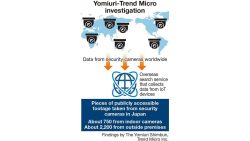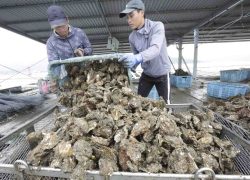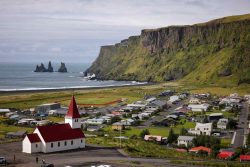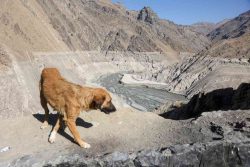Bleaching Strikes Over 80% of Japan’s Largest Coal Reef; Record-High Sea Temperatures Believed Partly Responsible

Bleached coral in the Sekisei Lagoon in Okinawa Prefecture
14:38 JST, October 10, 2024
Bleaching has been found in more than 80% of the coral in the Sekisei Lagoon located between Iriomote and Ishigaki islands in Okinawa Prefecture, the Environment Ministry has announced.
Record-high sea temperatures partly caused by global warming have likely contributed to the bleaching that hit 84% of the area, which is home to the largest coral reef in Japan. This approached the level seen in 2022, when there was bleaching in 92.8% of the coral colonies.
Bleaching occurs when dark brown plankton that live symbiotically with coral leave, turning the coral white. If bleaching continues for an extended period, the coral cannot get enough nutrients from plankton and subsequently dies.
The ministry has conducted annual surveys of the lagoon since 2005. This year, the ministry examined 31 locations for signs of bleaching over an area measuring about 30 kilometers by 20 kilometers.
The survey found that 10.9% of the coral colonies had completely bleached and died, and that 13.7% had completely bleached but were still alive.
When including coral that was paler overall or partially bleached — that accounted for 59.4% — a total of 84% of the coral in the lagoon was confirmed to have suffered bleaching. Only 16% of coral showed no signs of bleaching.
“Another large-scale coral bleaching has occurred while the colonies have not fully recovered from the massive 2022 incident. This may harm the ecosystem,” an official of the ministry’s Ishigaki Nature Conservation Office said.
"Science & Nature" POPULAR ARTICLE
-

Genome Study Reveals Milestone in History of Cat Domestication
-

Big Leap in Quest to Get to Bottom of Climate Ice Mystery
-

Security Camera Footage Vulnerable to Outside Access; Investigation Finds 3,000 Pieces Exposed Online
-

Paws on Parade: Nairobi’s Dogs Dazzle at ‘Pawchella’
-

Japan Set to Participate in EU’s R&D Framework, Aims to Boost Cooperation in Tech, Energy
JN ACCESS RANKING
-

Keidanren Chairman Yoshinobu Tsutsui Visits Kashiwazaki-Kariwa Nuclear Power Plant; Inspects New Emergency Safety System
-

Imports of Rare Earths from China Facing Delays, May Be Caused by Deterioration of Japan-China Relations
-

University of Tokyo Professor Discusses Japanese Economic Security in Interview Ahead of Forum
-

Japan Pulls out of Vietnam Nuclear Project, Complicating Hanoi’s Power Plans
-

Govt Aims to Expand NISA Program Lineup, Abolish Age Restriction






















